Stainless steel is great stuff. Take good care of it, and it will last just about forever. That’s why cleaning it has to be a priority. In the crazy fast-paced world of foodservice, it’s critical to find the time to break out the elbow grease and do some good old-fashioned hard work. Equipment must be clean and sanitized. Let’s discuss stainless steel or consider it stain-“LESS”.
Contrary to popular belief, stainless steel is susceptible to rust and corrosion. Stainless steel is passive because it contains other metals such as chromium, nickel, and manganese. These additional metals stabilize the steel’s atoms. Four hundred series stainless is called ferritic contains chromium and is magnetic. Three hundred series stainless is called austenitic, contains chromium and nickel, is non-magnetic, and generally provides greater resistance to corrosion than ferritic types.
When steel includes 12-30% percent chromium, an invisible passive film covers the steel’s surface. Consequently, the film acts as a shield against corrosion. Critically, as long as the film is intact and not contaminated, the metal is passive and STAINLESS. If the passive film breaks, stainless steel starts corroding. Eventually, it rusts.
Enemies of Stainless Steel
Mechanical abrasion – Otherwise known as scratching. Steel pads, wire brushes, and scrapers are prime examples that cause abrasions on steel.
Water – Tap water comes in varying degrees of hardness. Depending on where you live, you may have hard or soft water. Hard water can leave spots and rust stainless steel. Other deposits from food preparation and service must be properly removed. Treated water can be your first defense.

Chlorides – Clorides are found almost everywhere. For example, water, food, and salt are all rich in chlorides. One of the biggest sources are household and industrial cleaners.
Don’t forget to your CVap® on a consistent basis. Critically, be sure to drain, clean, and refill your evaporator with fresh clean water every day. Your CVap will return the favor by providing many years. Daily cleaning protects your bottom line.
Daily Cleaning Ensures Long Steel Life
Finally, here’s the recommended procedure for daily care and cleaning of CVap’s stainless steel.
- Remove inside components. Wash and rinse in the sink.
- Remove deposits inside cabinet non-abrasively. Wash or sanitize with non-chloride cleaner, then rinse. Allow rinse water to drain to the evaporator.
- Drain the evaporator. Next, wash with a non-chloride cleaner. Remove all deposits using non-abrasives. If there is a white scale on heat transfer surfaces, use Scale Kleen, Lime-A-Way, or similar cleaning agent to remove. Rinse thoroughly and refill with fresh potable (non-chloramine) water.






